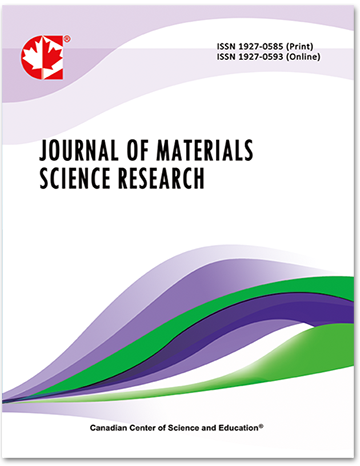Relation between Sub-grain Size and Dislocation Density During Steady-State Dislocation Creep of Polycrystalline Cubic Metals
- Manabu Tamura
Abstract
The sub-grain size, d, during steady-state dislocation creep of polycrystalline metals is theoretically formulated to be inversely proportional to the dislocation density, ρ, which is defined as the number of dislocations swept out of a sub-grain divided by the cross-sectional area of the sub-grain. This dislocation density differs from the typically observed dislocation density inside a sub-grain after unloading, ρ_ob. In the current work, the ρ_ob values inside sub-grains in steadily crept specimens of Al, Cu, Fe, Fe–Mo alloy, austenitic stainless steel, and high-Cr martensitic steel reported in the literature were used to evaluate the relation ρ_ob=ηρ. It was confirmed that η≈1 for pure metals (regardless of the type of metal) crept at high temperatures and low stresses or for long durations and η>1 for Mo-containing alloys and martensitic steel crept at low temperatures and/or high stresses. Moreover, it is suggested that the condition η>1 corresponds to a state of excess immobile dislocations inside the sub-grain. The theoretical relation d_ob (≈d)∝η∙〖ρ_ob〗^(-1), where d_ob is the observed sub-grain size, essentially differs from the well-known empirical relation d_ob∝〖ρ_ob〗^(-0.5).- Full Text:
 PDF
PDF
- DOI:10.5539/jmsr.v7n4p26
Journal Metrics
Impact Factor 2022 (by WJCI): 0.583
Google-based Impact Factor (2021): 0.52
h-index (December 2021): 22
i10-index (December 2021): 74
h5-index (December 2021): N/A
h5-median (December 2021): N/A
Index
- CAS (American Chemical Society)
- CNKI Scholar
- Elektronische Zeitschriftenbibliothek (EZB)
- EuroPub Database
- Excellence in Research for Australia (ERA)
- Google Scholar
- Infotrieve
- JournalTOCs
- LOCKSS
- NewJour
- PKP Open Archives Harvester
- Qualis/CAPES
- SHERPA/RoMEO
- Standard Periodical Directory
- Universe Digital Library
- WJCI Report
- WorldCat
Contact
- John MartinEditorial Assistant
- jmsr@ccsenet.org
